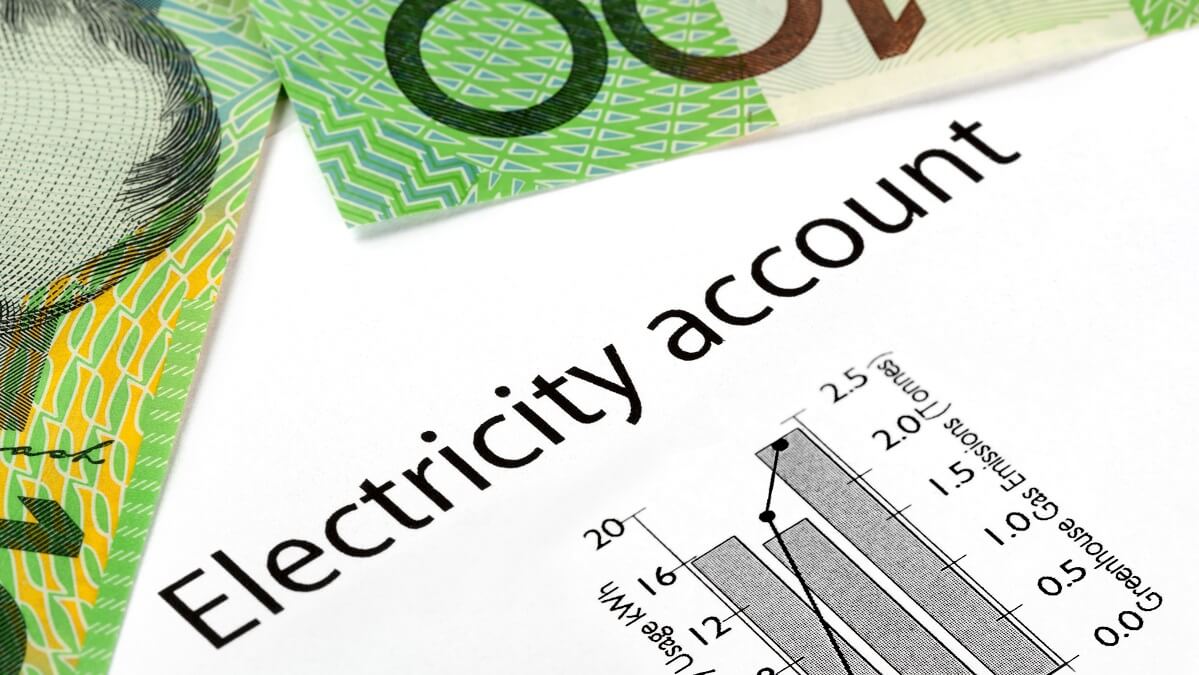The government will deliver up to $500 in electricity bill relief for eligible Australians – but not all states and territories will receive the same relief. So, who gets what and more importantly, who qualifies?
Treasurer Dr Jim Chalmers announced in last week’s Federal Budget up to $3 billion over the next four years specifically to address the rising cost of electricity for Australian households.
The ‘Energy Price Relief Plan’ will deliver up to $500 in electricity bill relief for around five million eligible Australian households.
The specific amount of relief received will be dependent on the state in which you live, your financial circumstances, and the pricing arrangements in your state or territory.
The money will be delivered in the form of reduced power bills and will not be paid directly into eligible people’s bank accounts.
“Rather than spraying around cash cheques to people, we do it on the bill,” Dr Chalmers said in his speech on Budget night.
“It means working with the retailers and working with the states and territories.”
Although it was an announcement from the federal government, the Treasurer had to negotiate with each state and territory to get the measure across the line – resulting in different discounts depending on where you live.
But first of all, you need to be an ‘eligible’ household to qualify for any relief at all.
What is an eligible household?
Under the scheme, a household will be eligible for electricity bill relief if someone in the household qualifies for the:
- Pensioner Concession Card
- Health Care Card, including the Commonwealth Seniors Health Card and Low-Income Health Care Card)
- Department of Veterans Affairs (DVA) Gold Card
- Carer’s Allowance
- Family Tax Benefit Part A or B.
Who gets what?
If you are eligible as the recipient of one of the above cards or payments, how much you can get in electricity bill relief is then determined by the state or territory you live in.
The rebate will be a discount on your quarterly bill, up to the maximum indicated in your state or territory. You do not need to do anything and will get the discount automatically if you qualify.
The government says it intends to keep the scheme going over the next four years.
ACT: $175 per year
NSW: $500 per year
Northern Territory: $350 per year
Queensland: $500 per year
South Australia: $500 per year
Tasmania: $250 per year
Victoria: $250 per year. This $250 is in addition to the $250 Power Saving Bonus already open to all Victorians, providing $500 worth of bill relief in total.
Western Australia: $350 per year
It’s hoped the measures will provide some easing of the astronomical cost-of-living pressures facing many Australians, especially as winter approaches.
Is it fair some Australians get a larger electricity discount than others? Are you happy with your state or territory’s discount? Let us know what you think in the comments section below.
Also read: What the experts think of the 2023 Federal Budget


Why does the state with the highest cost of living (ACT) get the lowest rebate, by far?
So a pensioner in Canberra gets $175 total for the year, but their friends in Queanbeyan get the full $500?
It doesn’t surprise me though. Canberra has always been the centre of high costs.
Petrol, rates, power, water, car rego, and now rents, all higher in Canberra.
So are wages (apparently). But how does that help those on welfare, pensions, etc?
How will it work in NSW as we allready get $ 285/ year? Will we get 500 on top of that or just 215 more?